- +86 139 6342 5310
- [email protected]
- 140 Wenhua South Road, Laiwu District, Jinan City, Shandong Province
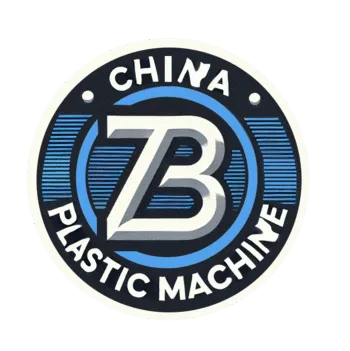

If you are interested in cooperation, please contact us immediately, we will give you feedback as soon as possible!
Geomembrane equipment is a professional machine for producing impermeable geomembranes. It adopts advanced processes such as multi-layer co-extrusion and is equipped with high-performance extruders and precision dies. It has high production efficiency and excellent product precision. It can flexibly produce geomembranes of various specifications and is suitable for water conservancy and environmental sanitation projects. It is easy to operate, durable and reliable, laying a solid foundation for large-scale production of geomembranes.
![]() Whatsapp : +8613963425310
Whatsapp : +8613963425310
![]() Email : [email protected]
Email : [email protected]
| Aspect | Details |
|---|---|
| Definition | Geomembrane equipment refers to a set of machinery used for the production of geomembranes. These are synthetic membrane liners, typically made from polyethylene or polypropylene, that act as impermeable barriers in various civil engineering, environmental protection, and water conservancy projects. |
| Main Types | – Extrusion Equipment: – Single Screw Extruder: Consists of a single rotating screw inside a heated barrel. It’s suitable for producing basic geomembranes with relatively simple formulations. The screw conveys, compresses, and melts the polymer resin, pushing it through a die to form a continuous membrane sheet. – Multi-Screw Extruder (e.g., Twin Screw): Features two or more intermeshing screws. This type can handle more complex polymer blends, providing better mixing and homogenization of additives, fillers, and resins, resulting in higher-quality geomembranes with enhanced properties. – Calendering Equipment: Utilizes a series of rollers to flatten and thin the pre-extruded polymer sheet. The rollers are precisely spaced and operate at different speeds and pressures, allowing for accurate control of the geomembrane’s thickness, smoothness, and surface finish. |
| Key Components | – Hopper: Where the raw polymer granules are loaded. It feeds the resin into the extruder in a controlled manner, often equipped with a metering device to ensure consistent resin supply. – Extruder Barrel: A heated chamber in the extruder where the polymer is melted. Temperature control along the barrel is crucial, as different sections require different temperatures for proper melting, mixing, and conveyance of the polymer. – Die Head: Shapes the molten polymer into a flat or tubular geomembrane. Dies can be customized for different widths and thicknesses, with adjustable lips to fine-tune the final product dimensions. – Cooling System: After exiting the die, the hot geomembrane needs to be cooled rapidly to solidify. This can involve water baths, air cooling tunnels, or a combination of both, depending on the production speed and material requirements. |
| Production Process | 1. Resin Feeding: Polymer granules are loaded into the hopper and fed into the extruder. 2. Melting and Mixing: Inside the extruder barrel, the resin is heated, melted, and mixed with additives (if any) to form a homogeneous melt. 3. Shaping: The molten polymer passes through the die head to take on the desired geomembrane shape, such as a flat sheet. 4. Cooling: The newly formed geomembrane is cooled to set its shape and physical properties. 5. Rolling and Winding: The cooled geomembrane is rolled onto a spool for storage and further processing or transportation. |
| Quality Control Parameters | – Thickness Tolerance: Geomembranes must meet strict thickness requirements, typically with a very narrow tolerance range (e.g., ±0.05 mm for common applications). Deviations can affect the membrane’s anti-seepage performance. – Tensile Strength: Measured in longitudinal and transverse directions, it determines the membrane’s ability to withstand stretching forces during installation and in-service use. Higher tensile strength values ensure durability. – Elongation at Break: Reflects the membrane’s ductility. Adequate elongation allows the geomembrane to stretch without rupturing under stress, protecting its integrity. – Permeability: A key property, the lower the permeability coefficient, the better the anti-seepage function. It is rigorously tested to ensure it meets project-specific environmental protection standards. |
| Applications | – Landfills: Lines the landfill base, slopes, and caps to prevent leachate from seeping into the surrounding soil and groundwater. – Water Reservoirs: Forms an impermeable barrier in dams, artificial lakes, and water storage ponds, conserving water resources by minimizing seepage. – Mining: Covers tailings ponds to contain toxic mining waste liquids, reducing environmental contamination. – Agriculture: Used in pond linings for aquaculture, as well as in irrigation canals to prevent water loss. |
| Advantages | – Customizability: Can produce geomembranes with different thicknesses, widths, and material compositions to suit diverse project needs. – High Efficiency: Modern equipment can operate at high speeds, producing large quantities of geomembranes in a relatively short time, meeting the demands of large-scale projects. – Quality Assurance: Precise control systems enable strict quality control over the production process, resulting in reliable and consistent product quality. |
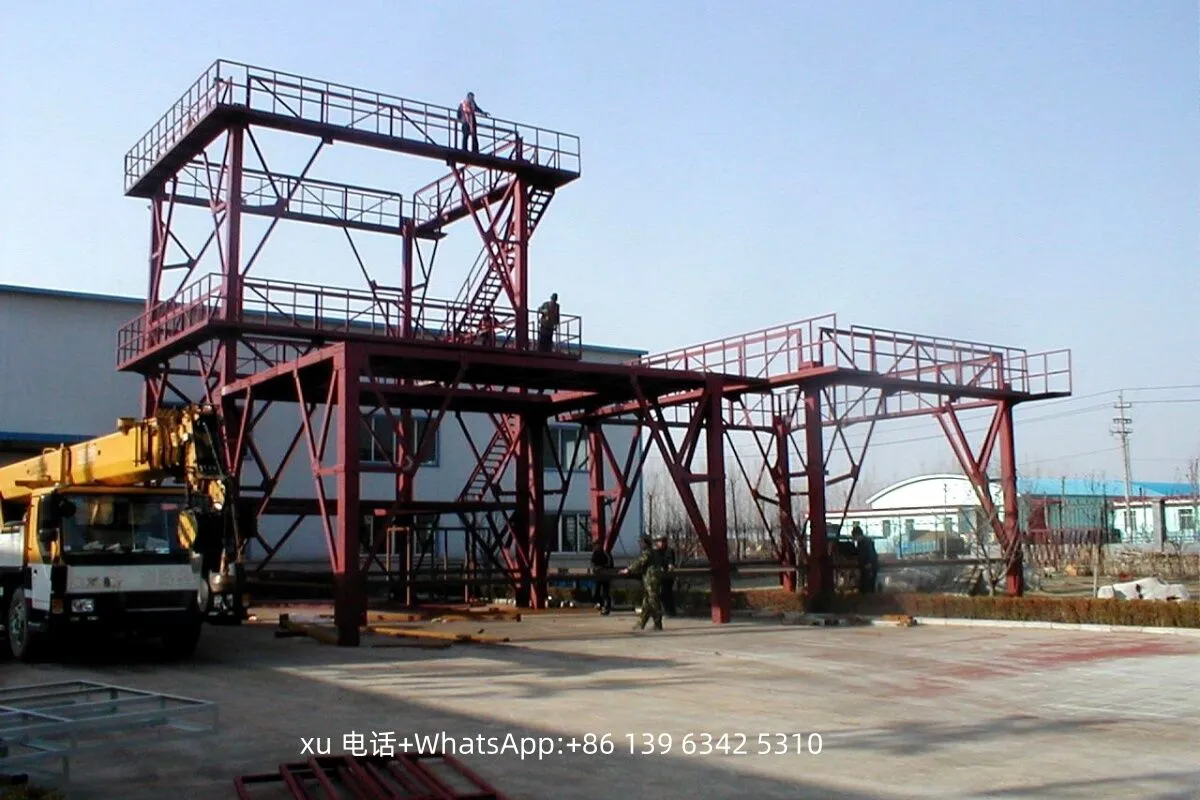
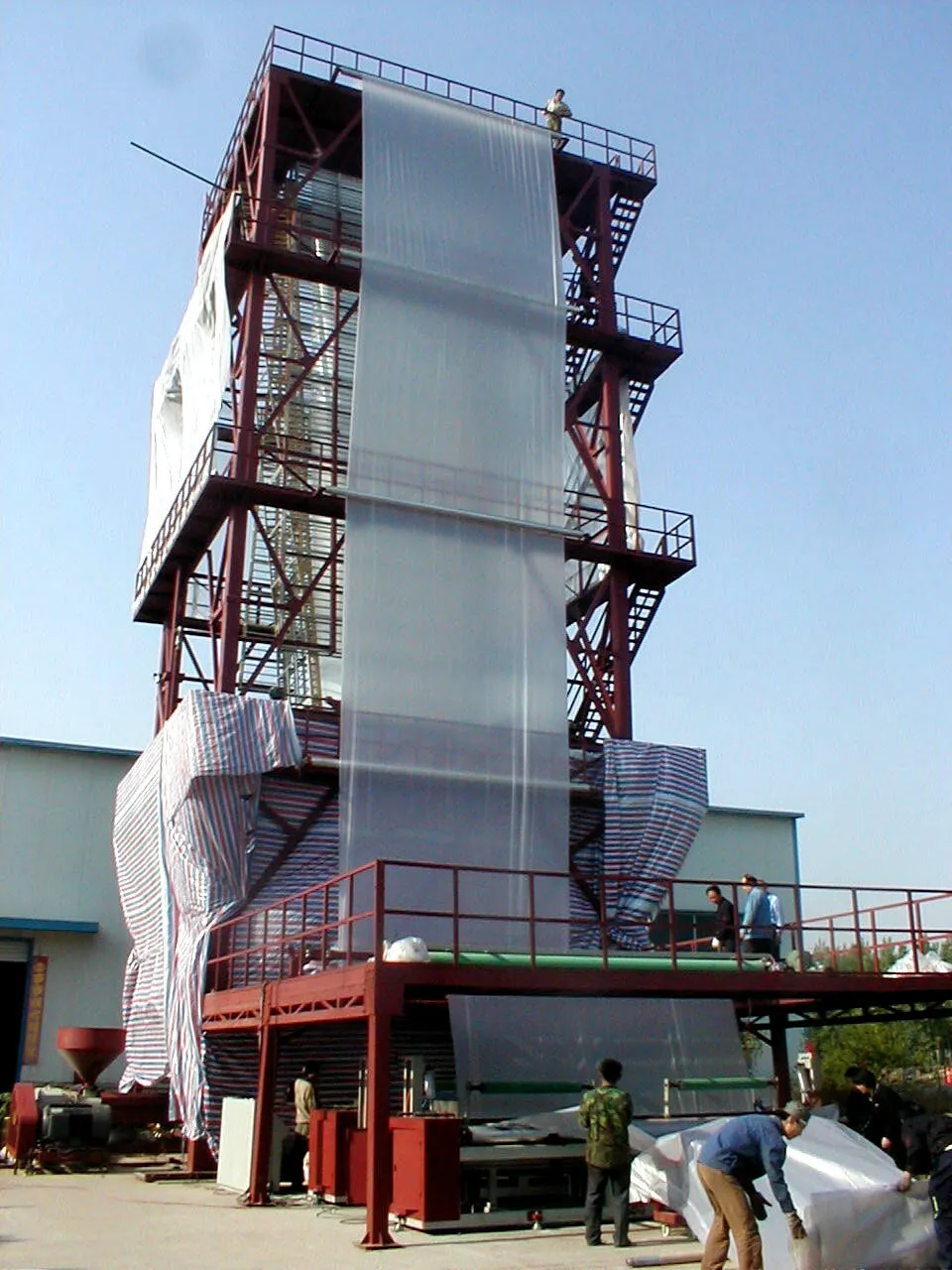
Multi-layer co-extrusion technology is mostly used, which can accurately extrude plastic raw materials with different formulas and performances in layers, so that the geomembrane has multiple characteristics such as anti-seepage, anti-puncture, and anti-aging. The synergistic effect of each layer ensures the use effect.
Equipped with high-performance extruders and powerful power systems, the screw has strong plasticizing ability and fast extrusion speed. With the automatic control system, it can achieve continuous non-stop production, greatly improve output efficiency, and meet the needs of large-scale projects.
Equipped with precision die heads and advanced air rings, the thickness of geomembranes can be accurately controlled to make it extremely uniform and with extremely small thickness errors, which meets high-standard construction requirements and ensures stable project quality.
By changing molds and adjusting process parameters, geomembranes with different widths, thicknesses, and special functional requirements can be flexibly produced, which are suitable for various complex engineering scenes such as water conservancy, landfills, and mining.
The core components are made of high-quality steel and wear-resistant materials, which are resistant to pressure and wear. The equipment structure is stable. If daily maintenance is in place, it can operate stably for a long time, reducing the cost and construction period loss caused by frequent equipment replacement.
With an integrated intelligent control panel, workers can easily adjust key parameters such as temperature, speed, and pressure on the operation interface, which reduces the operating threshold. It also has a built-in fault diagnosis and early warning function to improve the safety of use.
Geomembrane equipment is widely used. In water conservancy projects, when reservoirs and dams are constructed, the geomembrane it produces is laid on the bottom and slope of the reservoir, which is highly effective in preventing seepage, protecting water storage safety, and reducing maintenance costs. In landfills, the geomembrane manufactured by the equipment is laid on the bottom and around, turning into a solid “protective shield” to block harmful leachate and protect the surrounding water and soil. In the mining tailings pond, once the geomembrane is laid, heavy metal-contaminated wastewater is difficult to seep out, promoting the upgrading of mining environmental protection. During agricultural irrigation, it lines the channel to reduce water leakage, allowing precious water sources to reach farmland accurately, and helping crops to yield high yields.
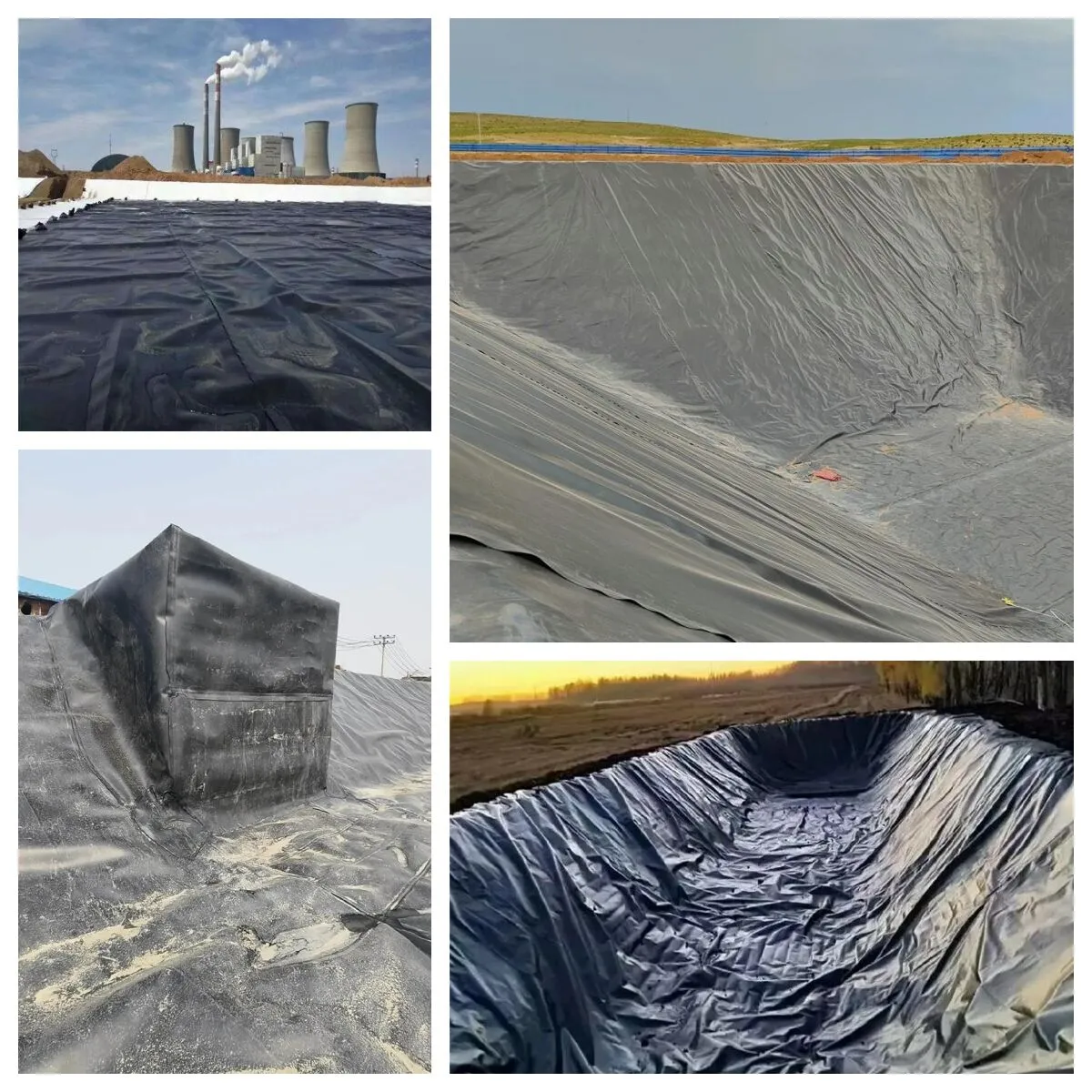
Our PVC pipe production line can adapt to a wide range of environmental conditions. The recommended working temperature is 0 – 40°C, and it can operate normally with a relative humidity not exceeding 85%. If your factory has special environmental conditions, we can provide targeted protection solutions, such as installing temperature control equipment and moisture-proof treatment, to ensure the stable operation of the equipment.
The core components of our equipment are designed in a standardized manner, and common accessories are well-stocked. For domestic customers, the goods can be delivered within 3 – 5 working days after the order is placed. For specially customized components, we will closely cooperate with suppliers to ensure delivery within 15 – 20 working days, minimizing the impact on your production.
Certainly! We not only provide equipment but also share our accumulated production process experience according to your product requirements. Our technical experts will formulate detailed production process plans combined with the characteristics of the equipment and provide on-site guidance and optimization during the equipment debugging stage to help you produce high-quality products.
Our drip irrigation pipe production line is equipped with a fully automatic control system, enabling a full – process automation from raw material feeding to finished product winding. Compared with traditional production lines, it can reduce labor input by 60%. For example, a production line with a daily output of 2 tons only requires 2 – 3 operators to complete the production, significantly reducing labor costs.
Of course! For customers who make bulk purchases or purchase multiple product categories, we will provide tiered discount offers based on the specific purchase amount and equipment type. At the same time, we will also give away a certain number of vulnerable parts and extend the equipment warranty period, making your purchase more cost-effective.
We have fully considered noise control in the equipment design. Through optimizing the mechanical structure and installing sound insulation devices, the running noise is lower than the national industrial noise standard (≤85 decibels during the day and ≤75 decibels at night). The equipment’s energy consumption, exhaust emissions, and other indicators meet environmental protection requirements and have passed relevant inspection and certification, so you can use it with confidence.
The overall warranty period for our plastic machinery is 1 year, and the warranty period for core components is 2 years. During the warranty period, all costs for repairs and component replacements due to equipment quality problems will be borne by us, and you do not need to pay any additional fees. After the warranty period expires, we will still provide preferential maintenance services and component prices.
We cooperate with multiple financial institutions and can provide flexible financing plans for customers, such as installment payments and equipment leasing. You can choose the down payment ratio and repayment period according to your own financial situation to ease financial pressure and smoothly introduce the equipment for production.
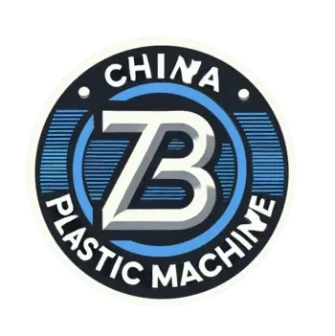
Customized plastic machinery experts help customers seize market opportunities with technological breakthroughs
Welcome to Z.B.Q.Y. Plastic Machine